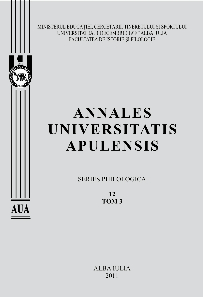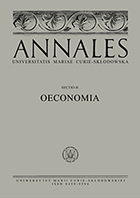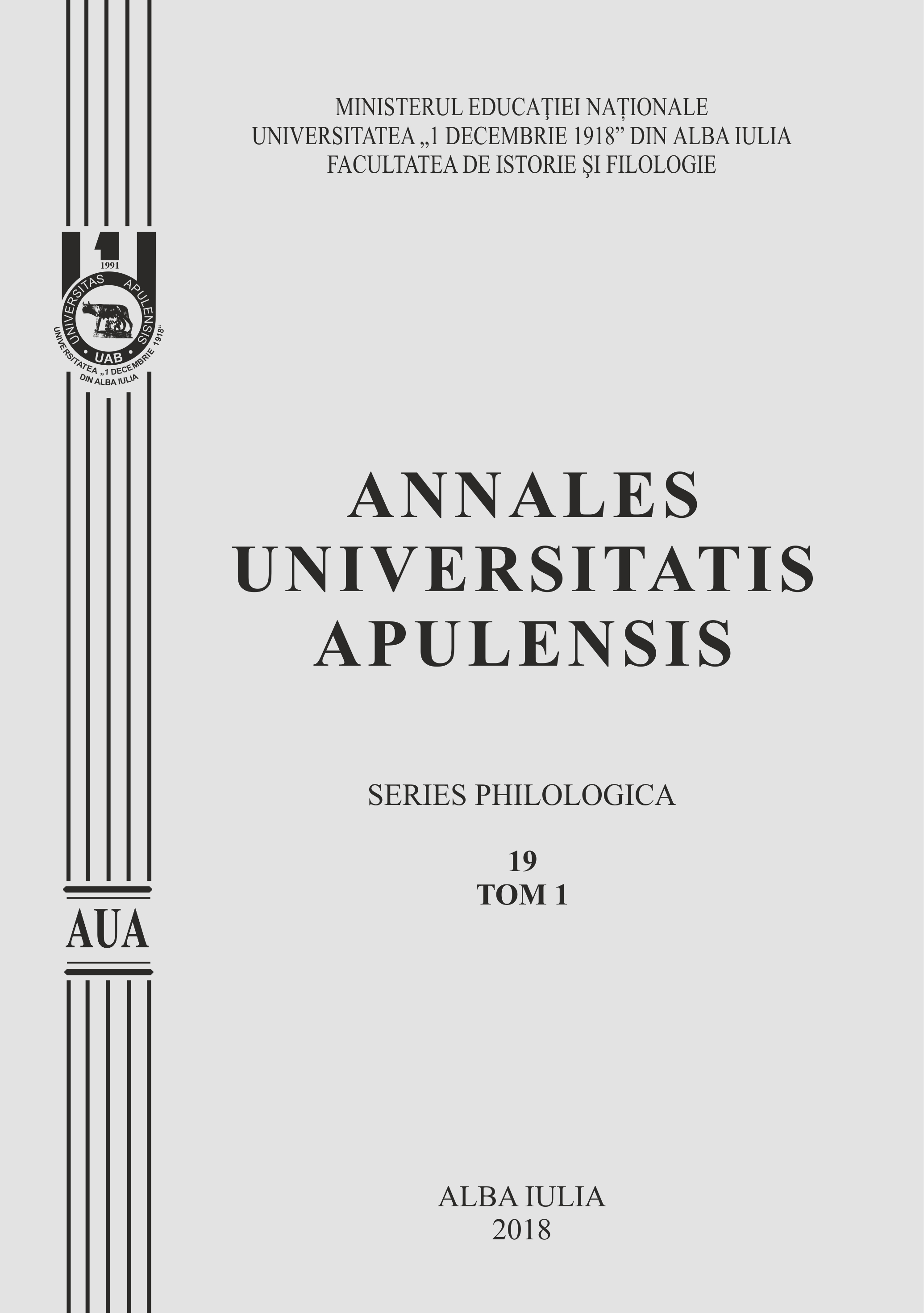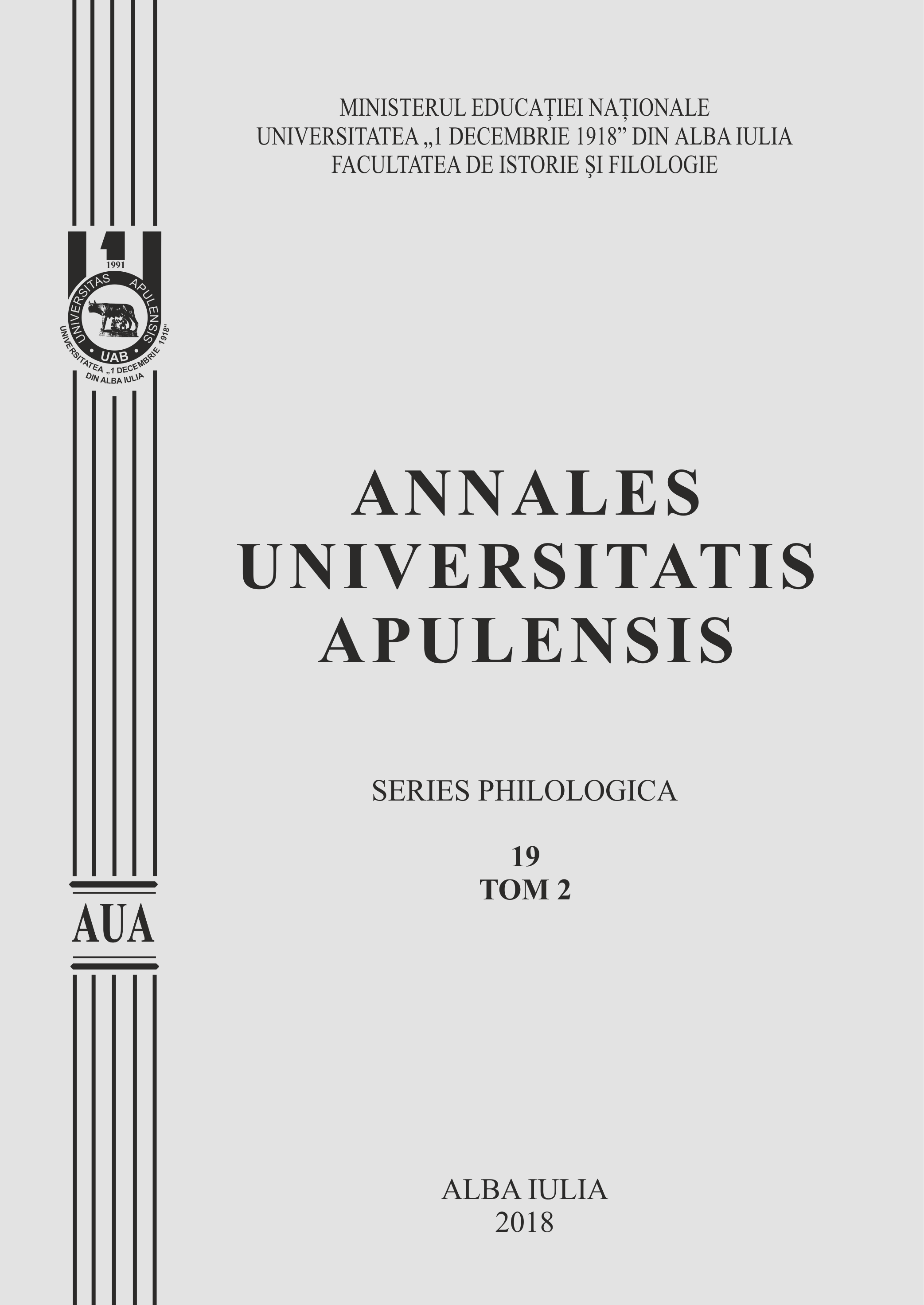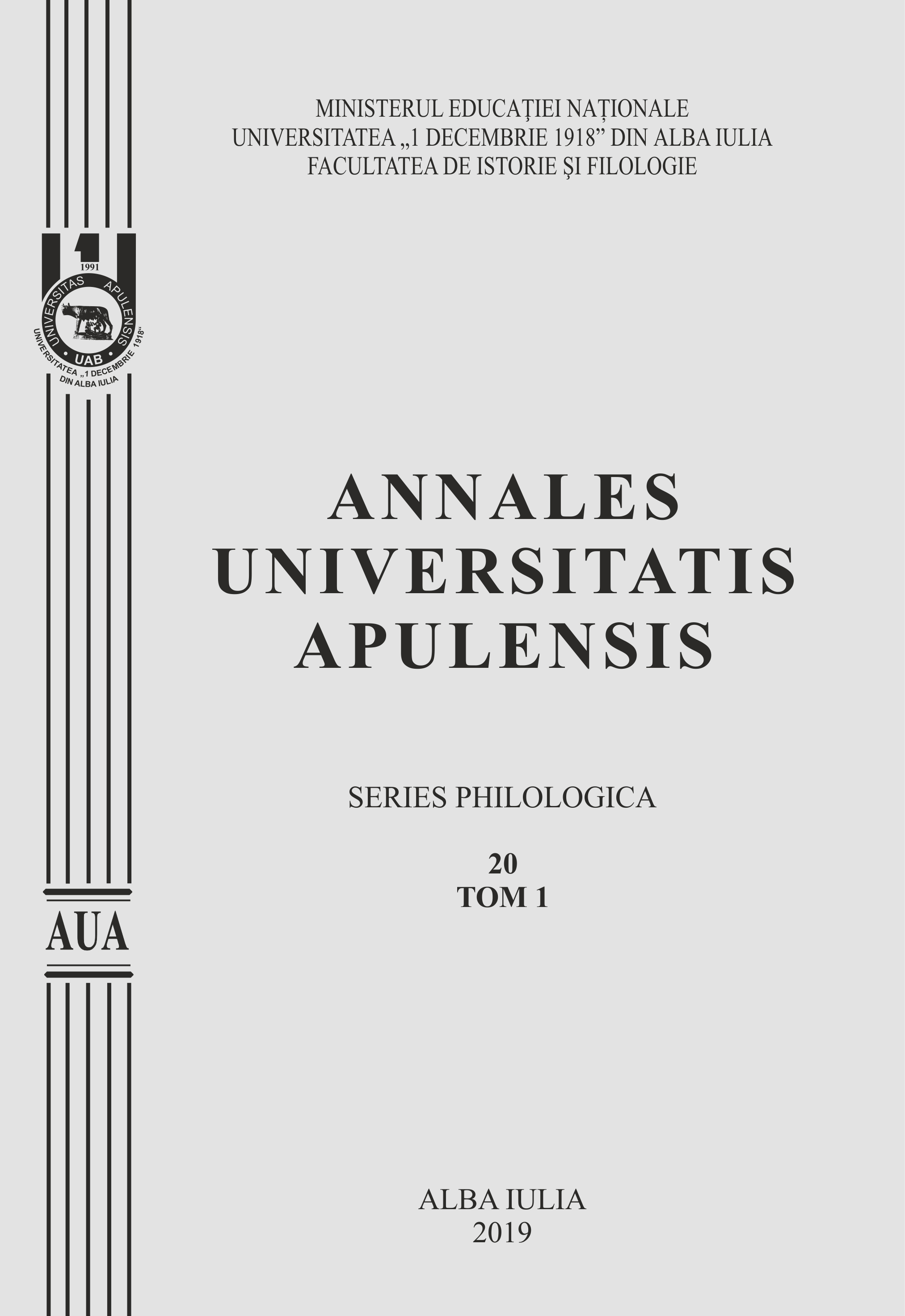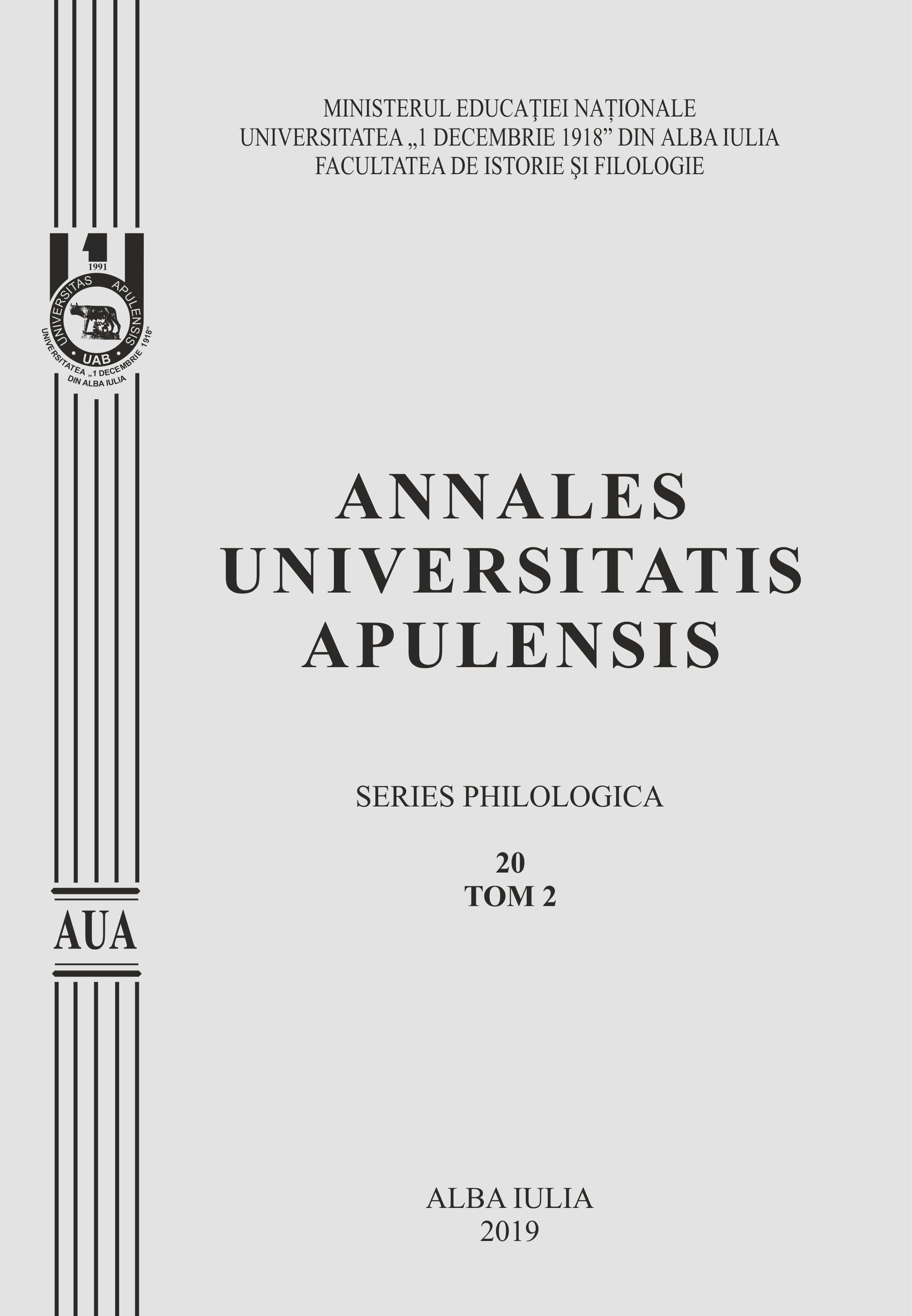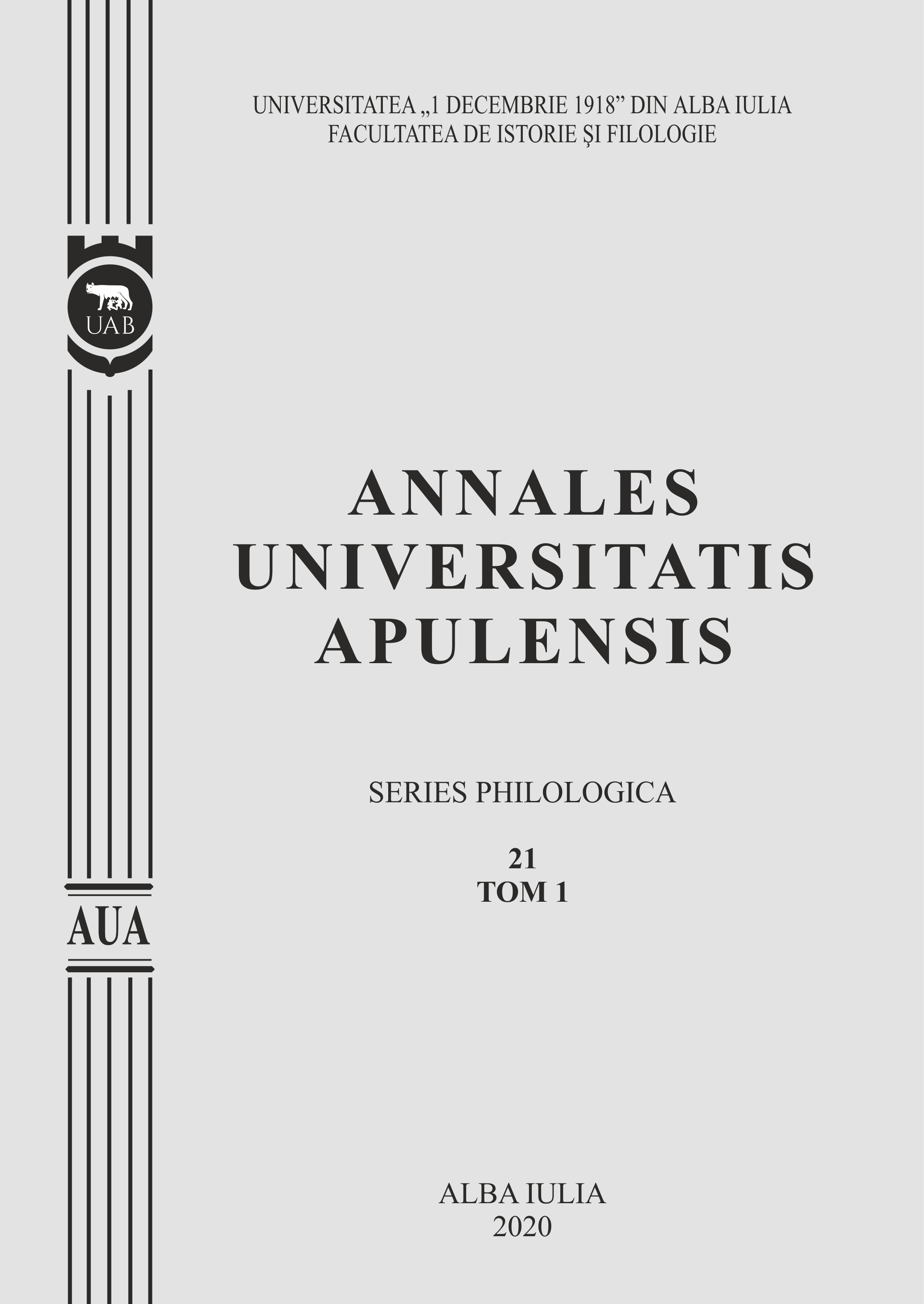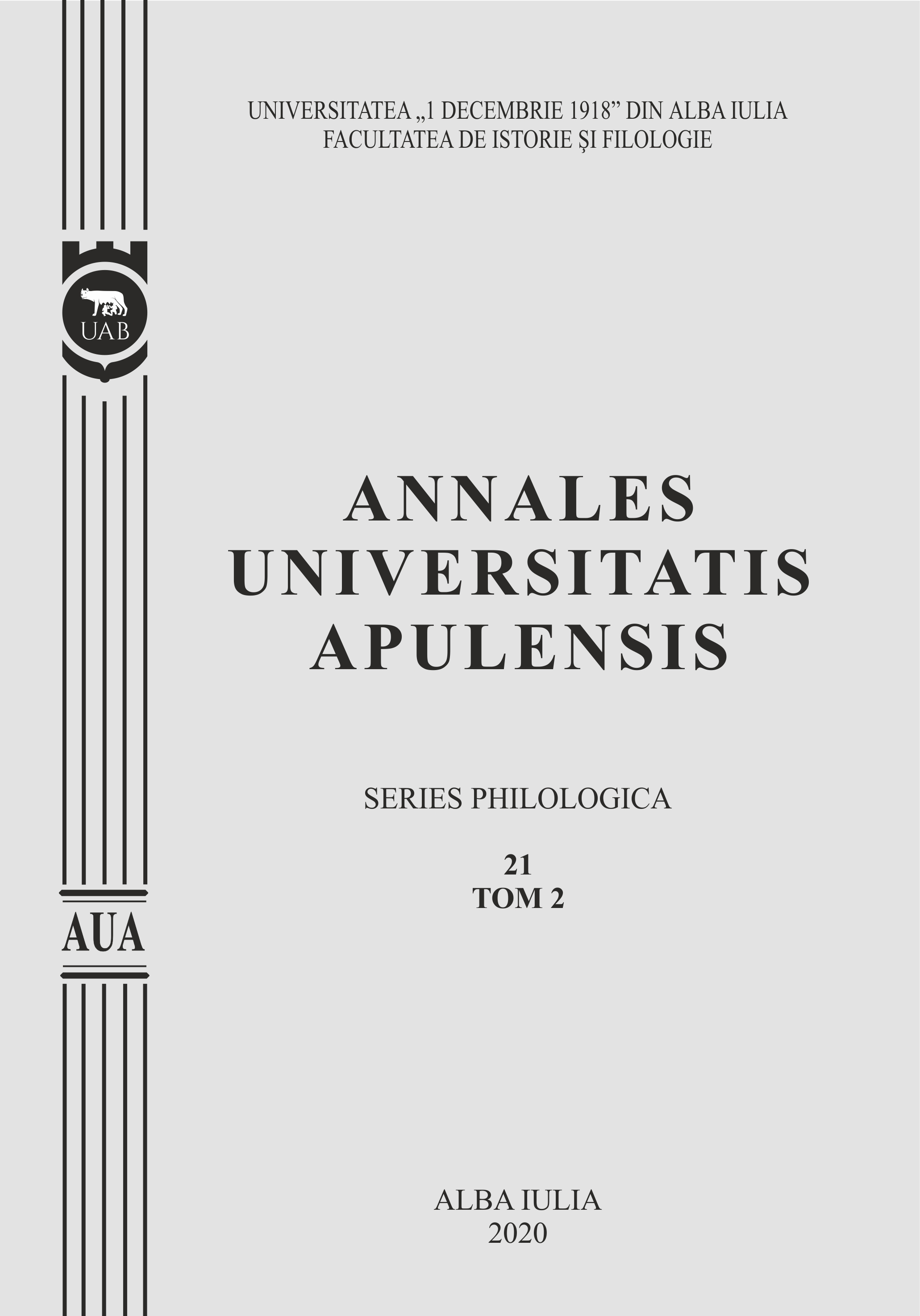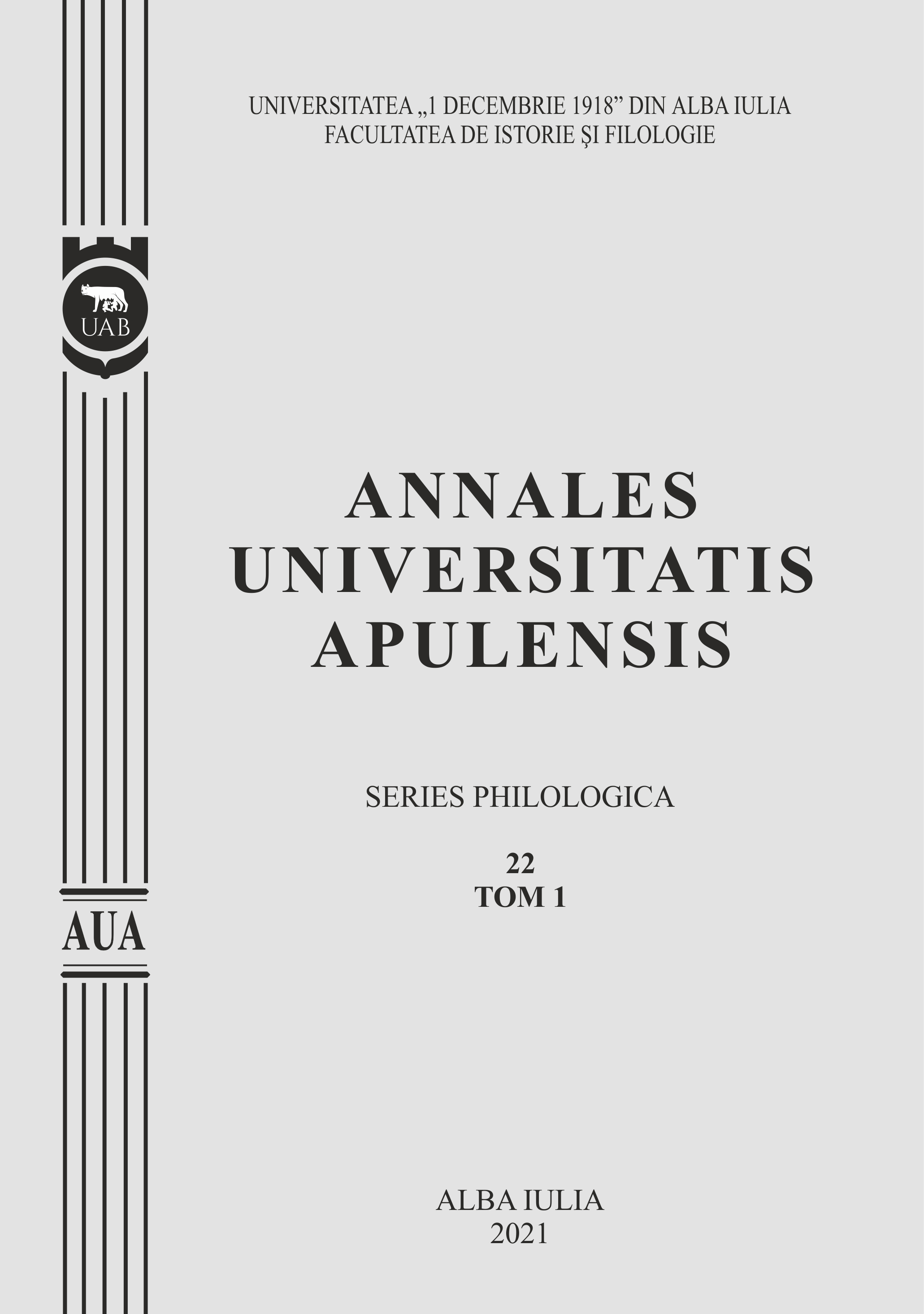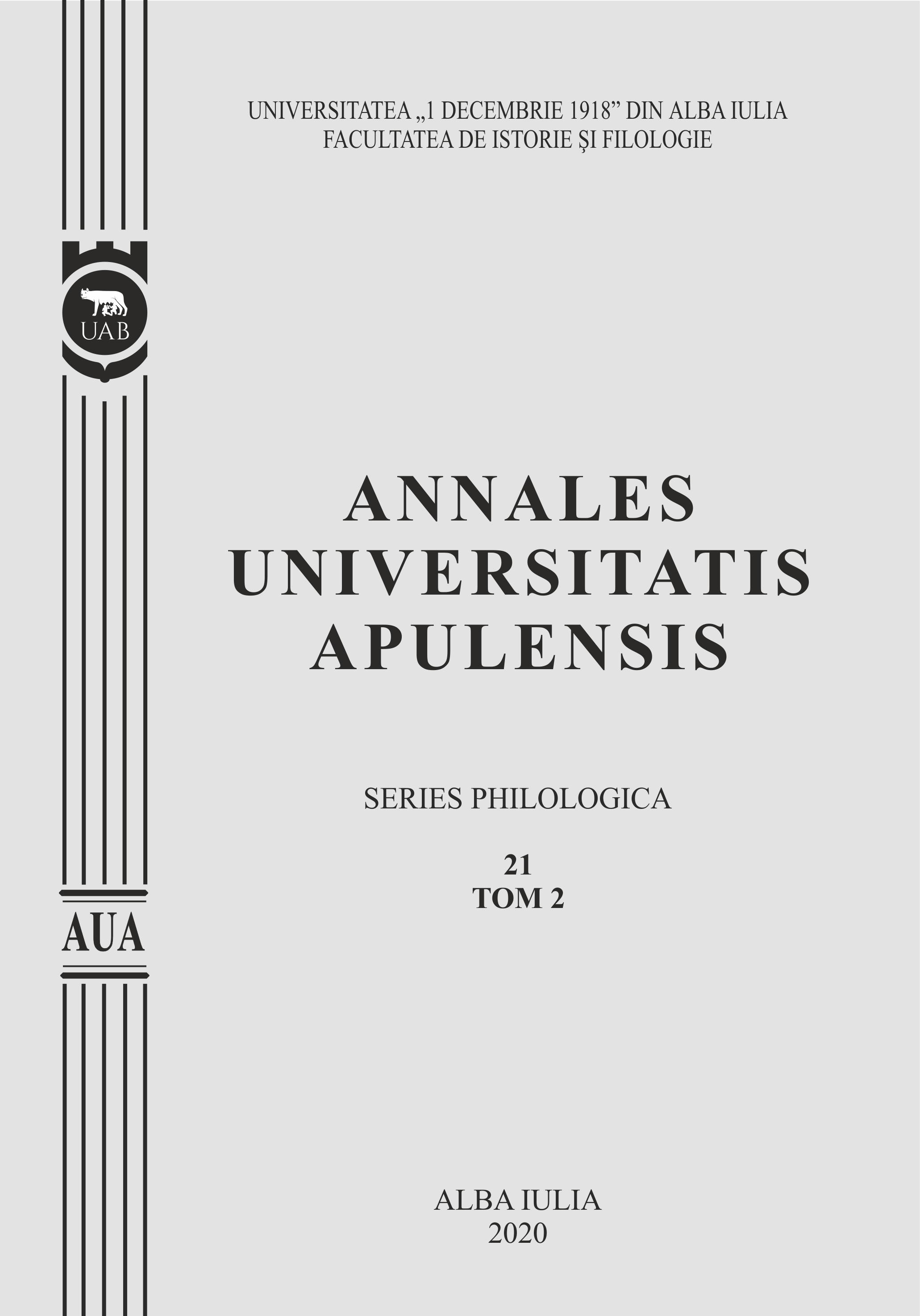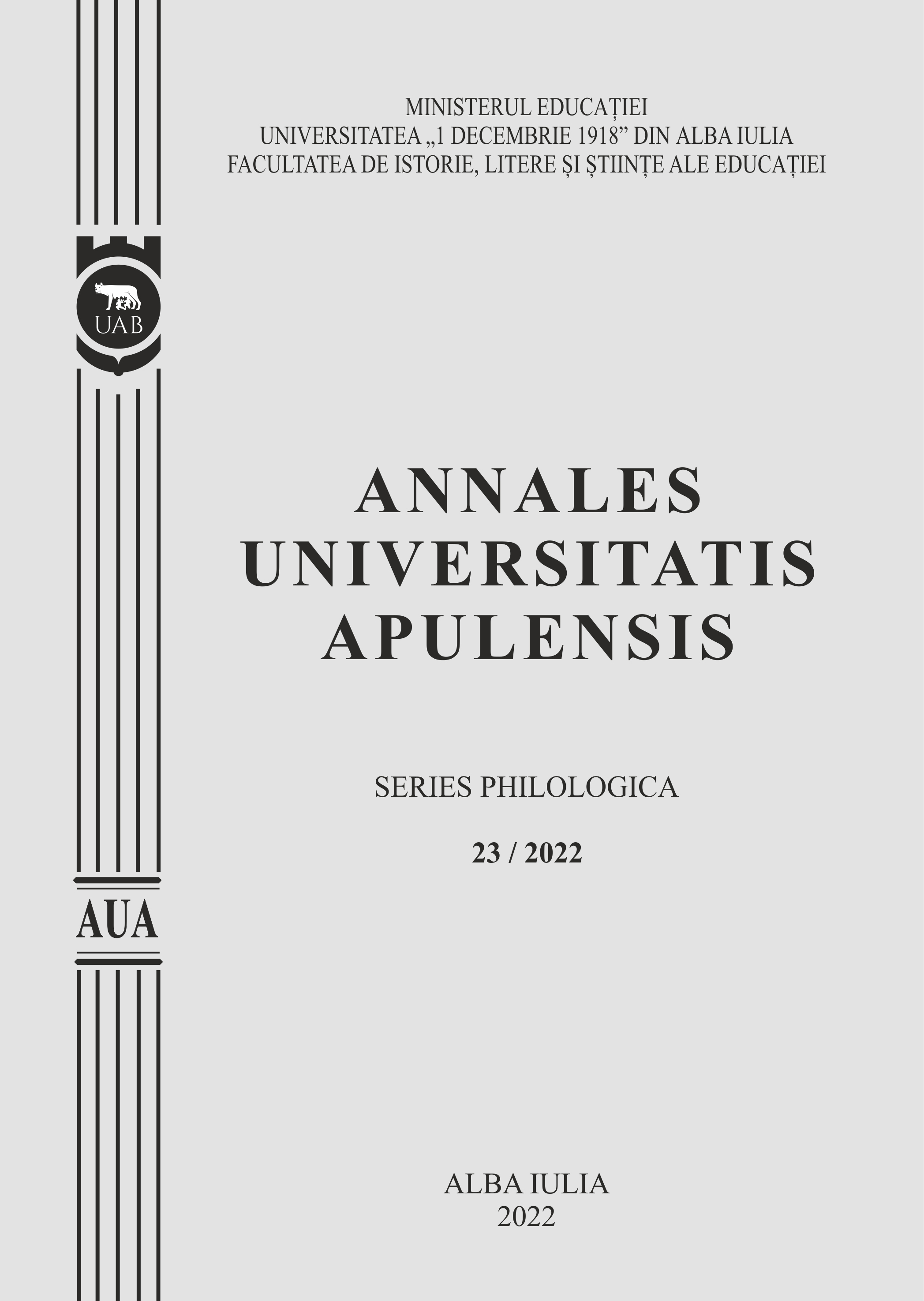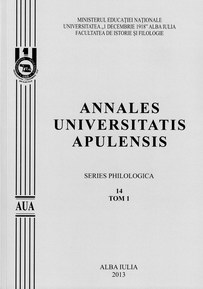
E-Learning perspectives in the integrated process of teaching and studying - English4pleasure.Wikispaces.Com
E-Learning perspectives in the integrated process of teaching and studying - English4pleasure.Wikispaces.Com
Keywords: autonomy; self-study; e-learning; blending learning; integrated study skills; worksheets
A perfect way to develop proficiency in a foreign language is to make a well-balanced blend between the traditional learning commonly based on handbooks / different other activity materials and e-learning based on a wide range of internet resources. This present study focuses on a course design tailored to enhance students’ sense of autonomy and interest in learning and practising English both for general and specific needs. Called English4pleasure, this language resource is conceived as an online course support where students are invited to embark on an adventure of knowledge, curiosity and fun getting a bit of everything to start learning or keep on the good work of practising English. Thought to be followed on a daily basis but according to a personal working rhythm, this training programme launches an invitation for students to feel free to join anytime and particularly to get rid of their conventional way of studying a foreign language. English4pleasure.wikispaces.com is one of these online links that focuses on the integrated study skills testing specific and general English knowledge. Worksheets organised on a diversity of Working Weeks are centred on various materials to improve all study skills as well as Voc and Gram patterns. This modern way of learning/practising English particularly dedicated to students training in Tourism and Geography also offers them insights to different world cultures and civilisations, hit list destinations and fact files of tourist attraction and itineraries in their field of interest. The fundamental aim of this online course has been fully successful as shown in students’ positive feedback sent to the organiser and the obvious improvement of their knowledge. All their feelings are the compelling evidence of their enthusiasm and pleasure to explore the online course stretched on plenty of English website references, Worksheets dealing with Working Weeks, different Study Units, Test Samples as well as Specific Worksheets (Reading, Writing, Speaking and Listening) for a deep revision. English learning can thus be very quickly improved and its routine study transformed into an exciting challenge and a rewarding experience. Invited to English4pleasure, by means of this strategy of fighting teaching/learning conformity, students will definitely make it a pleasure!
More...
